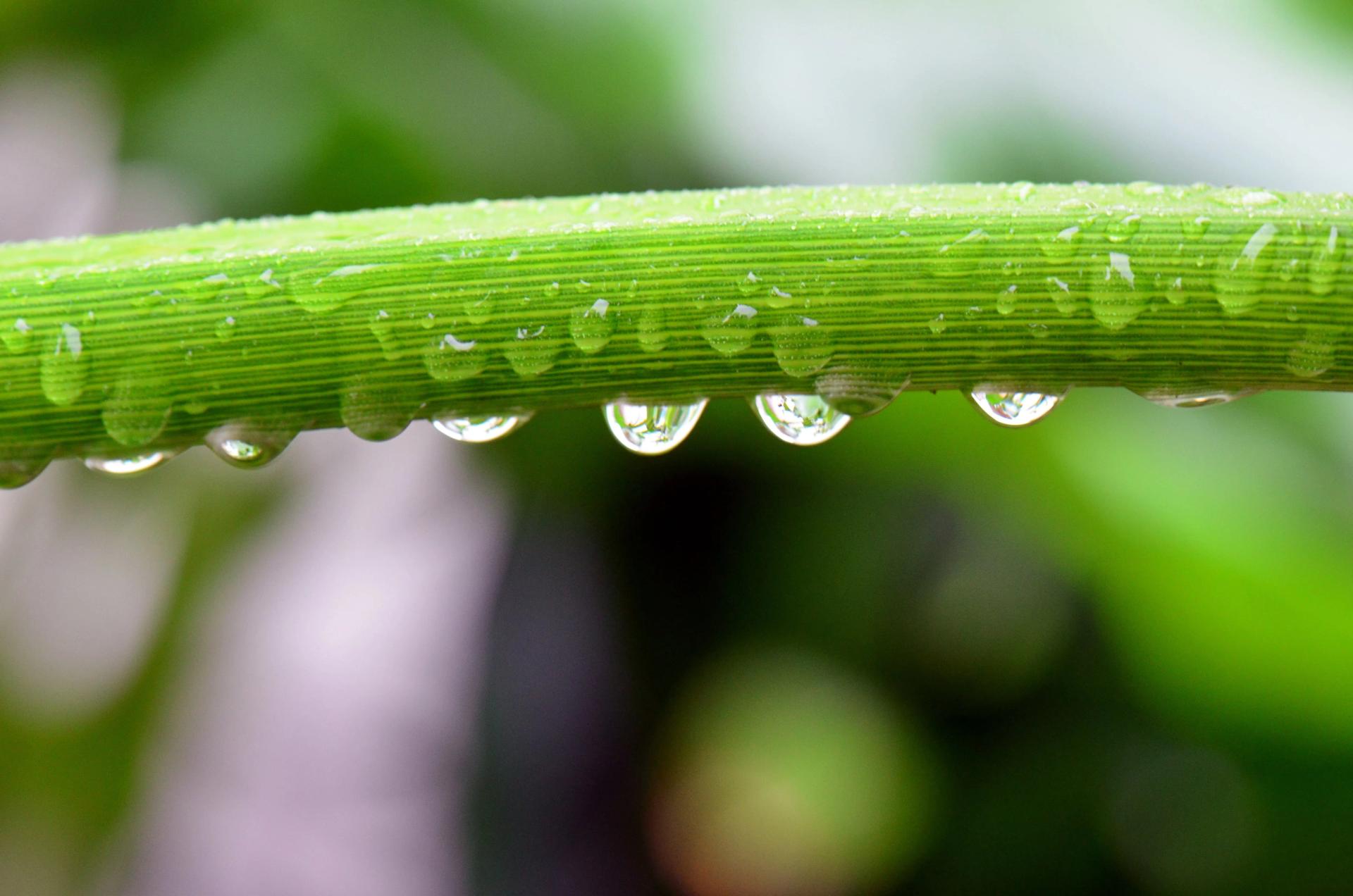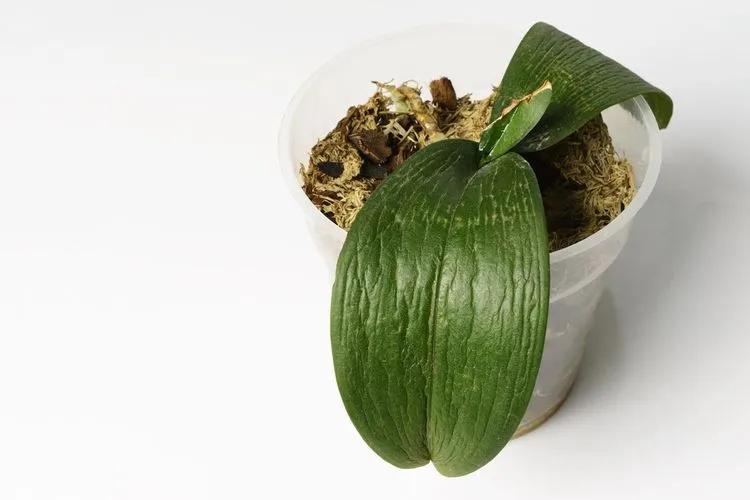What Are Two Different Ways a Plant Could Control Turgor Pressure?
Have you ever noticed your plants become droopy when they are thirsty? It’s especially evident with plants that have thick succulent leaves. Such a shriveled appearance could indicate problems with turgor pressure in plants, which occur due to dehydration. In the following detailed guide, learn how to spot watering issues and why your plant has low turgor.

What Is Turgor Pressure in Plants?
So, what does the word turgor mean? In a nutshell, turgor is water pressure inside any plant cell. The fluid presses the cell membrane against the cell wall so that turgor is what makes living plant tissue rigid. Low turgor, in other words, low water pressure, makes your plant soft and lifeless, and it’s the first sign of dehydration. Most of the water evaporates through leaves when a plant hasn’t been watered for some time. The less water in the cells, the less firm the plant is.
Turgor, or plant turgidity, has numerous functions. The main one is to keep the plant upright. The others include helping the plant penetrate soil medium, opening flower buds, unwrapping young leaves, and many others.
Naturally, every healthy plant has firm leaves and a stem, but when water evaporates, they become softer. Turgor normalizes when a plant receives water, and this cycle is completely healthy. Significant turgor loss or inability to fix it should draw your attention.

Reasons for Low Turgor Pressure
Underwatering isn’t always the reason for low turgor pressure. Here are some other turgor problems.
- Overwatering. Sometimes, stressed by overwatering, roots cannot absorb water, where the worst scenario is root rot. The only remedy is a proper watering schedule and repotting the plant with the affected root system.
- Excessive fertilizing. Nourish your plants mindfully, ensure you stick to the fertilizing rules given by the manufacturer, and keep in mind that sick plants don’t need nutrients since they are not growing actively. Usually, less is more in terms of fertilizing.
- Rootbound plants are often susceptible to root disease, causing low turgor. Repot your plant every 1-3 years, depending on its growth speed. Don’t allow the soil to get compacted and the plant to overgrow its pot too much.
- Water impurities. Lime and chlorine in water can easily eradicate helpful fungi and bacteria present in roots. As a result, the roots can’t feed the plant sufficiently and transfer water as they used to. If you see some white or yellowish build-ups on the soil, know that it’s lime, and not every plant likes it in the soil. In this case, use filtered water instead of tap water.
- Excess lighting. Such a condition forces the plant to photosynthesize more, evaporating vast amounts of water. Often, plants don’t have enough time to replenish the in-cell water reserves even when the soil is still moist. Thus, a plant may look droopy in midday but come back to life in the evening or night.
As you can see, not many reasons can cause low turgor, but all of them are crucial to anticipate to easily avoid, which will keep your plants fresh and healthy.

Reasons for High Turgor
For some plants, high turgor can be a problem too. For instance, Haworthias get cracks on their thick succulent leaves if the soil doesn’t dry out entirely between waterings; Echeveria and Pachiphitum species are notorious for leaf cracking as well.
- Overwatering. Low turgor naturally isn’t harmful, but regular overwatering is. Probably, leaf cracks are the most sparing consequences of soggy soil. All succulents need watering only when the soil is dry. Other plants usually prefer soil to dry out a bit at the top.
- High temperature. Water, like other substances, tends to expand when the temperature rises. This process also happens inside the plant cells. Normal turgor increases with the temperature resulting in cracks. As a result, plants in the wild nature seldom have perfect leaves.
- Untimely watering. Watering at midday also results in turgor issues. The temperature might not be as high, but solar activity is the strongest in the afternoon. Roots absorb water, raising turgor to its maximum, and the sun’s heat expands the water even more, tearing the tissues.
The list of reasons is not that long compared to low turgor situations, which makes the problem of high turgor more manageable and easier to avoid.
How to Increase Turgor Pressure in a Plant
Turgor might seem like a challenging scientific concept, but the problems connected with it are easily managed and just as easily avoided. You need to follow simple rules to fix turgor problems and keep your plants in their best shape. The main rule is proper watering. Every plant needs its own approach, but all of them have some common traits.
- The soil is dry? Water your plant!
- The soil is moist, but the plant is still wrinkled for a few days? Don’t water and repot!
- When do I need to water my plant? It depends on the soil, lighting, and, of course, your plant species.
Therefore, it’s always great to have a schedule for every plant so the water pressure in cells isn’t too low or high. Try out our premium if you want to get a precise watering and fertilizing schedule to keep the plant turgor in the norm.

How Does a Plant Control Its Turgor Pressure?
There is one specific mechanism that plants and even fungi use to regulate their own turgor pressure inside the cells.
The mechanism includes full control over the direction of water through specific vacuoles of the cells that are able to draw the water to the cytoplasm, which is the combination of all liquid inside a cell needed for its function. Another name for such an ability of vacuoles to draw water is called hypertonic characteristic. Furthermore, the cells stay balanced by constantly drawing water into the cytoplasm. Even if the turgor pressure starts to build up in the said vacuoles, the mechanism can detect it and push the excess water through each cell’s walls into the following cells, which fills each cell with the exact amount of water one needs. This method of controlling turgor also allows plants to revolve their stems and leaves toward the sun. If the water levels are insufficient, the plant cannot control the water flow inside the cells, which makes it susceptible to the work of gravity, making the plant droopy.
What Are the Two Structures in Maintaining This Pressure in Plant Cells?
Plants need two crucial structures, cell walls and vacuoles, to maintain the perfect mechanism of controlling turgor pressure inside the cells.
A cell wall is a structure outside of each cell's membrane, which combines essential elements of its function, such as cellulose or complex carbohydrates. Further, a vacuole is the specific organ of a cell that takes up most of the space inside it. The vacuoles' main mission is to control the levels of water within the cell's cytoplasm (a combination of all liquid inside a cell). Thus, the conjecture of cell walls and vacuoles allow controlling the flow of water in and out of the cell, which regulates the turgor pressure. Pretty simple if you think about it!

What Two Parts of the Plant Cell Does Turgor Pressure Affect?
Loss of turgor pressure affects the overall look of the plant, but most of its negative effects are shown on stems and leaves. Loss of water inside the cells and the consequential loss of turgor make the stems and leaves wilt and succumb to the effects of gravity. The stems become softer and droopy, and the leaves wilt since their stomata (pores in leaves epidermis or outer layer) cannot open or close properly.
What Plant Cell Regulates Turgor Pressure?
It is believed that the pollen tube and guard cells are two specific cell types that actively participate in turgor pressure regulation. The first is the cell that controls the process of seed germination and the overall reproductive function of plants. The loss of turgor in pollen tubes leads to stagnant growth. The second is the cell that comprises the outer layer of leaves and stems and acts as a regulator between a plant and the environment by exchanging gases, for instance. The loss of turgor on guard cells leads to an inability to open and close the pores of the leaves and absorb necessary nutrients.
FAQ
How Can I Increase Turgor Pressure Without Overwatering?
To boost turgor pressure without overwatering, water only when the soil feels slightly dry and use well-draining soil. Keeping humidity steady, providing indirect light, and letting gentle airflow reach your plant all help leaves stay firm, while a light layer of mulch keeps moisture balanced without drowning the roots.
